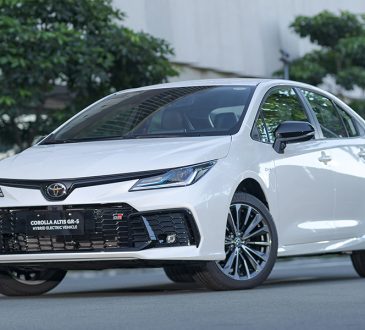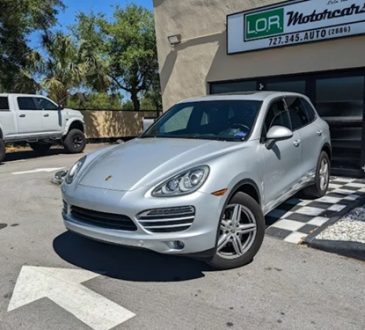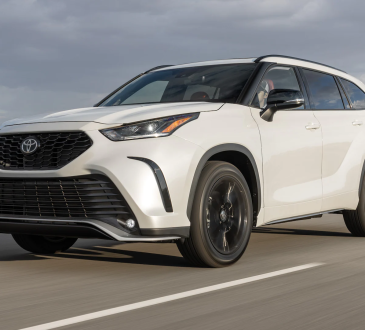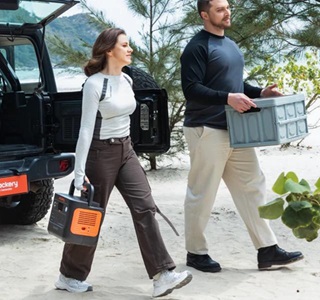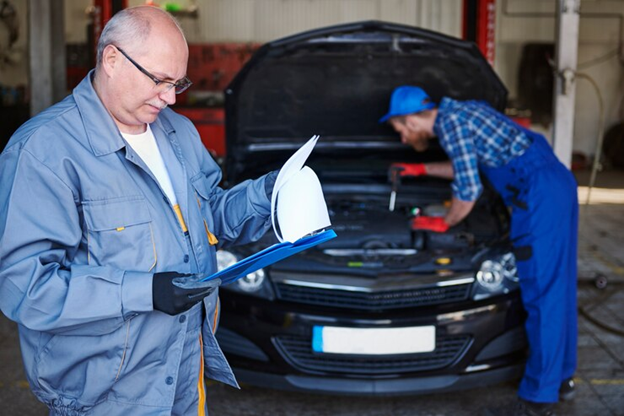
Our cars are companions on countless journeys, faithfully carrying us through daily commutes and weekend adventures. However, even the most dependable vehicles encounter minor mishaps along the way. Bumper damage is a frequent occurrence, often resulting from parking miscalculations or low-speed collisions.
Let’s get started!
A Guide to Bumper Repair and Insurance Coverage
This guide empowers you to navigate the world of bumper repair, helping you decide whether to tackle a DIY project, seek professional help, or utilize insurance collision repair.
1. Assessing the Damage and Your Comfort Level:
The first step towards addressing bumper damage lies in a thorough assessment. Minor scratches, scuffs, or loose trim pieces might be suitable for a DIY repair project. Many online tutorials and resources can guide you through the process of cleaning, sanding, and applying touch-up paint.
However, for more substantial damage involving cracks, dents, or misalignment, seeking professional bumper repair is crucial. Professionals possess the tools and expertise to restore your bumper to its original form and functionality, ensuring a proper fit and a flawless finish.
2. Understanding Insurance Coverage:
Knowing your insurance coverage is essential when dealing with bumper repair. Collision coverage typically covers damage to your vehicle caused by a collision with another object, including another car or a stationary object like a parking barrier.
If you were at fault for the accident, you’ll likely be responsible for your deductible before your insurance kicks in. However, if the other driver was at fault, their insurance should cover the cost of repairs, minus any deductible they might have.
3. Cost Considerations: DIY vs. Professional Repair:
While the prospect of a DIY bumper repair might seem appealing from a cost-saving perspective, there are factors to consider. While purchasing touch-up paint and basic supplies might be inexpensive, professional repairs often involve specialized tools and materials.
Additionally, the time and effort required for a DIY project can be significant, especially for someone without prior experience. Professional repair shops can complete the job efficiently, minimizing your downtime and ensuring a high-quality outcome.
4. Prioritizing Safety and Functionality:
Bumper damage is not merely a cosmetic concern. Bumpers play a crucial role in absorbing impact during low-speed collisions, protecting your vehicle and its occupants. Improper DIY repairs or neglecting significant damage can compromise the structural integrity of your bumper, potentially affecting its ability to protect you in future accidents.
For repairs involving cracks, dents, or misalignment, seeking professional bumper repair is crucial. Professionals ensure repairs meet safety standards and restore the bumper’s functionality, providing you with peace of mind on the road.
5. Finding a Reputable Repair Shop:
If professional bumper repair is the chosen course of action, selecting a reputable repair shop is essential. Seek recommendations from friends, family, or online reviews. Look for shops with experience in repairing the specific type of bumper material on your vehicle (plastic, fiberglass, or metal).
Inquire about the repair process, warranty coverage, and estimated turnaround time. Obtaining written estimates from several shops allows you to compare pricing and choose the repair service that best suits your needs and budget.

